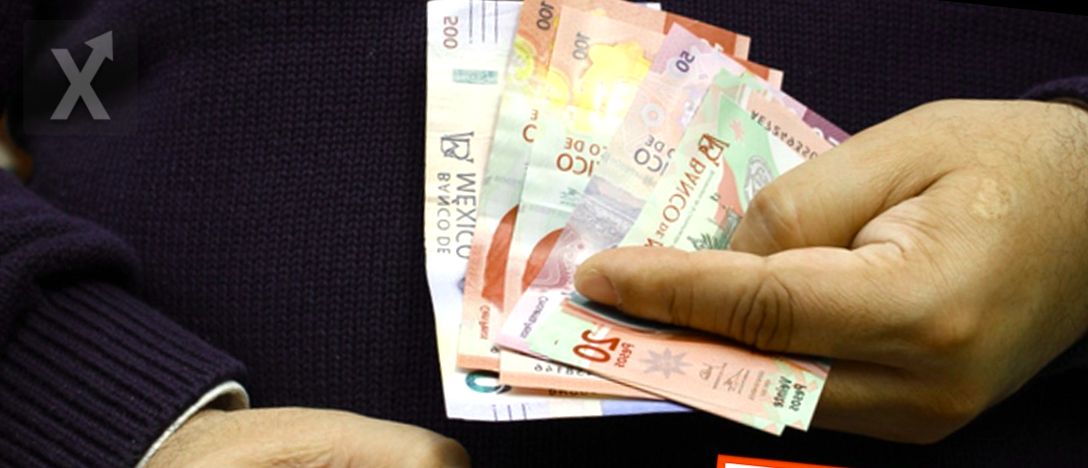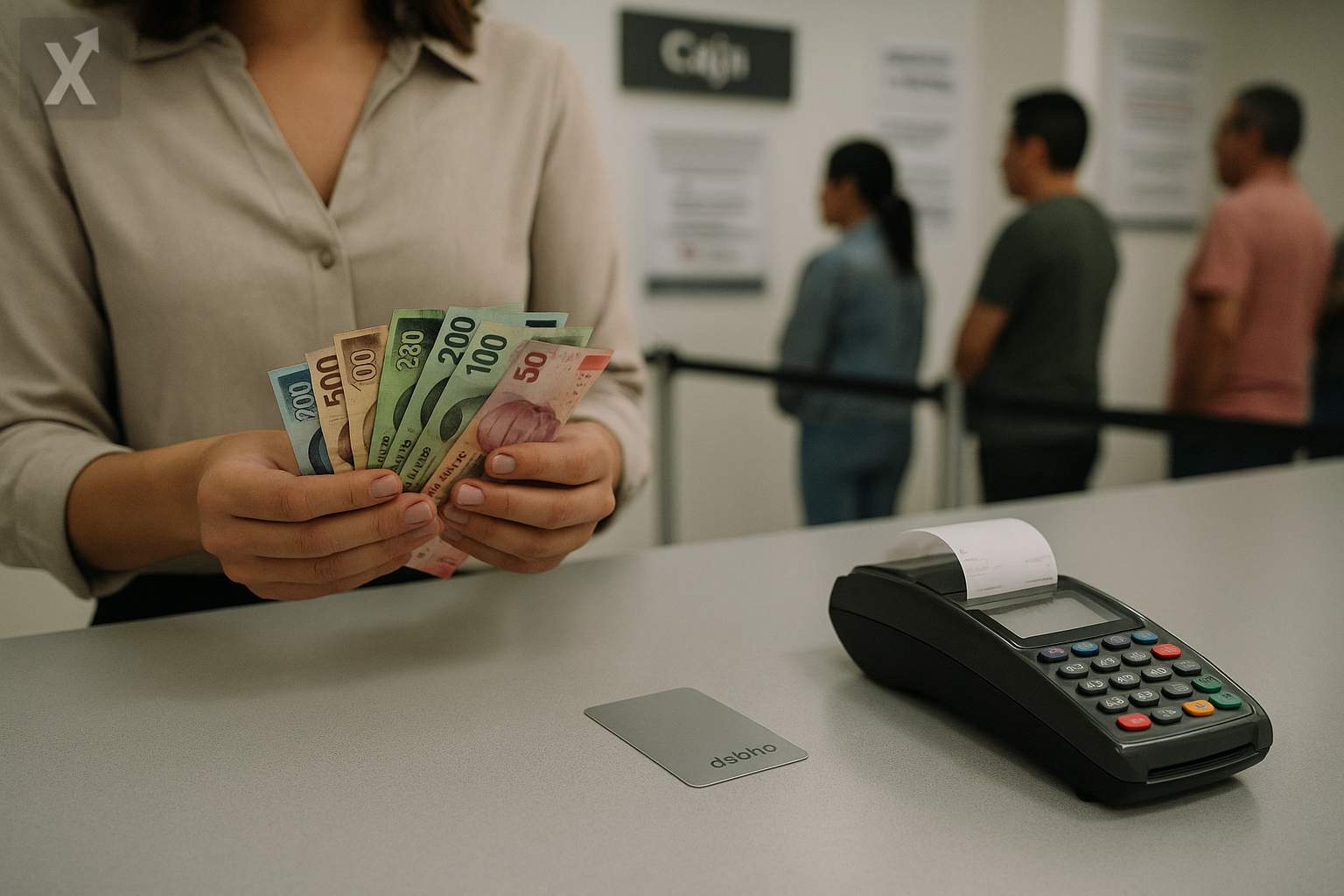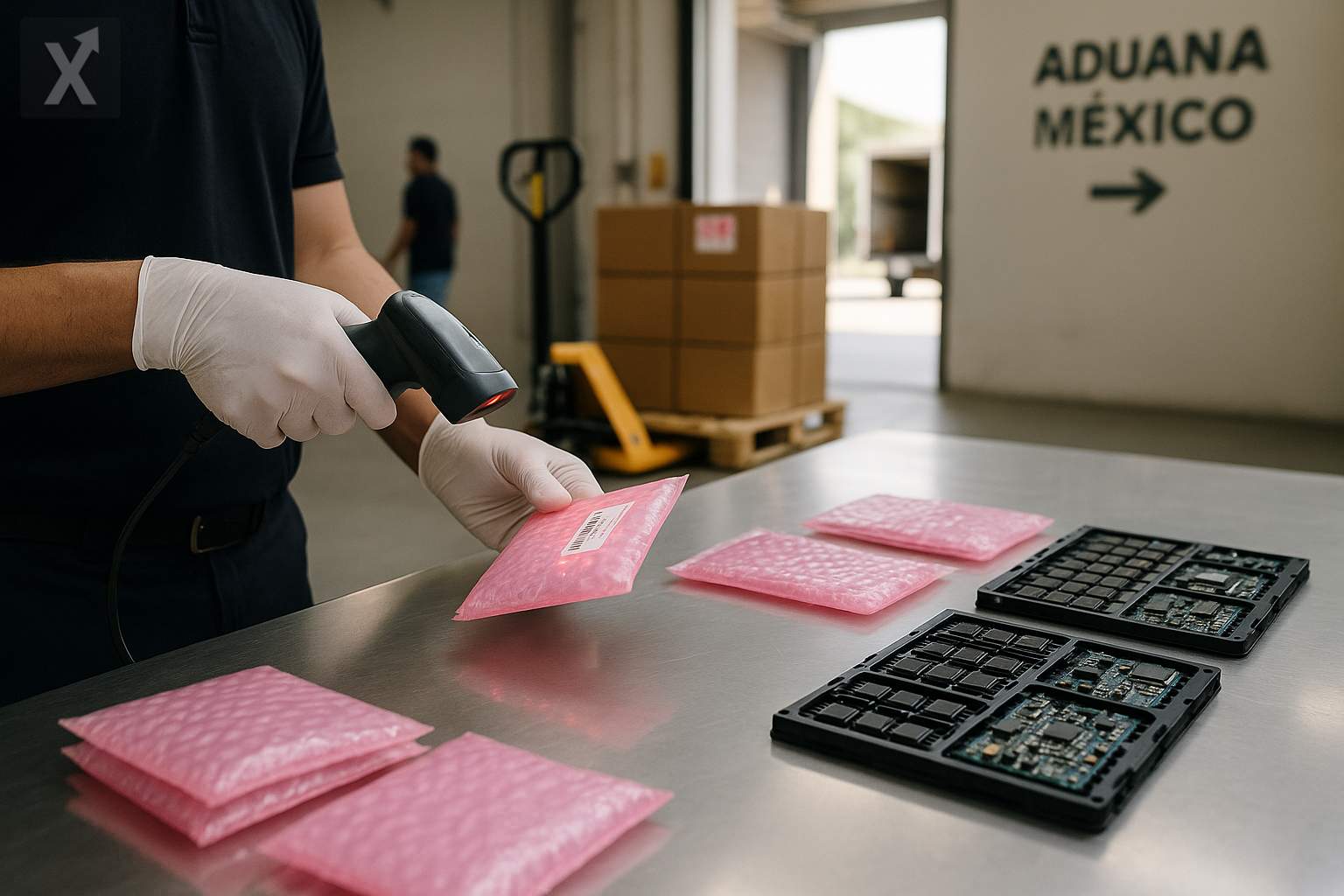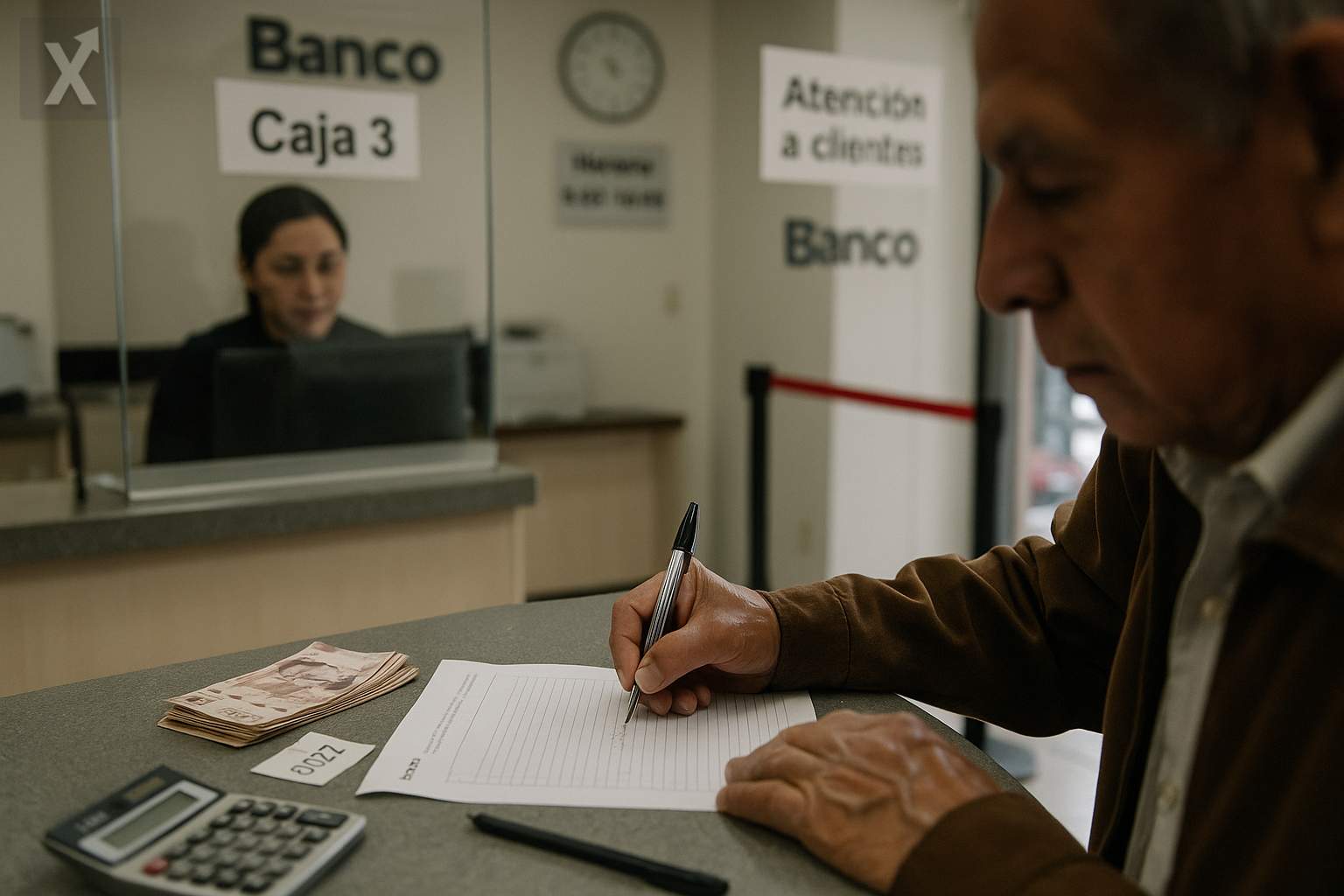The New Era of Digital Banks in Mexico: A Challenging Path

Being labeled a digital bank doesn’t guarantee success. Since 2019, banks have experienced a significant uptick in interest for financial services via mobile apps, leading to increased investment in the development of these platforms.
According to estimates from HR Ratings, last year, around 94 million Mexicans were digital banking users, representing a 141% increase compared to 39 million in 2019. In the post-pandemic era, which saw a surge in the creation of fintechs and Sofipos seeking banking licenses, traditional banks opted to launch their own digital units to remain competitive. One project that failed to take off was Bineo, a digital bank established by Banorte in 2023, which offered a digital account with no interest and personal loans. Experts have indicated that the lack of product diversity and internal competition with its parent bank played a crucial role in the failure of this project, which cost over 150 million dollars.
Manuel Rivero, CEO of Hey Banco, one of the pioneers in Mexico to separate from its parent company to focus on a digital model, highlighted that having proprietary technology has been essential for their success. "Our developer base is robust because we started with our own core banking system," Rivero said in an interview regarding the upcoming 88th Banking Convention. He explained that Hey Banco and Banregio are not competing, as their strategies are quite different. Additionally, he emphasized that their product offering is broad, ranging from credit and debit to investments and insurance, allowing them to attract over half a million customers and report earnings of 17 million pesos as of February this year. Rivero anticipates that Hey Banco will achieve full independence between June and July, obtaining approval from the National Banking and Securities Commission (CNBV).
Another digital bank that emerged from a banking institution in 2023 was Now, from Invex. Jean Marc Mercier, its CEO, stated that their main focus is the responsible issuance of credit cards, even though they have a considerable number of customers. "We could quickly attract customers by offering very low-interest rates or irresponsible credit, but at Now, we aim to do things sustainably and provide the best user experience," emphasized Mercier, adding that they expect to achieve financial balance within a year. Meanwhile, Openbank, Santander's digital offering launched in 2024, is confident that its experience developed abroad will give it an edge in the Mexican market. "Our proposal combines the innovation of fintechs with the security and stability of a traditional bank," assured Matías Nuñez, director of Openbank in Mexico. Despite the backdrop of economic uncertainty and a modest projected growth of 0.6% by Banco de México, Nuñez sees potential in the diversity of their offerings to attract more customers. Since its inception, Openbank already has over 30,000 users, offering interest-earning debit accounts, service payment options, and credit cards, with plans to expand its range of products.
Amidst this renewed landscape for digital banking, Banorte is considering the possibility of selling or merging Bineo. "A logical strategy, for tax reasons, would be to integrate and merge it this year," said Marcos Ramírez, CEO of Banorte, clarifying that there’s no rush to make a decision. The 88th Banking Convention in Puerto Vallarta will address various topics regarding the future of the Mexican economy, including external challenges and the inclusion and digitalization of the banking sector.
The challenges faced by digital banks in this uncertain economic climate underscore the importance of diversification and innovation. Institutions that can adapt and offer relevant products are likely to stand out in the market. Now, more than ever, adopting responsible and customer-focused strategies will be key to thriving and ensuring long-term growth.






